Disclosure: This article contains affiliate links. We may earn a commission from purchases at no extra cost to you, which helps our travel content.
The coastal mist—la garúa as locals call it—was rolling in as I stood at Miraflores' cliff edge, watching the Pacific waves crash below. This was my third visit to Lima, but my first with a truly tight budget. After decades of travel, I've learned that financial constraints often lead to the most authentic experiences. Having recently recovered from a bout of altitude sickness in Cusco (thankfully alleviated by a combination of Western medicine and a traditional coca leaf tea remedy), I was eager to explore Lima's unique intersection of ancient healing traditions and modern science without breaking the bank. Many travelers skip Lima entirely, rushing to Machu Picchu or the Sacred Valley, but I'm here to tell you that with some insider knowledge, Peru's sprawling capital offers incredible value and unexpected wonders—including some remarkable celestial observation opportunities that few tourists ever discover.
Finding Affordable Accommodation in Lima's Best Neighborhoods
After years of trial and error across Latin America, I've learned that accommodation is where budget travelers can either blow their entire budget or save significantly. Lima presents a particular challenge—its safest, most tourist-friendly districts (Miraflores, Barranco, and San Isidro) are also its most expensive.
On my recent week-long stay, I opted for a small but clean private room at KACLLA Hostel in Miraflores for just $25/night. The location was unbeatable—just three blocks from Parque Kennedy and within walking distance of the malecón (seafront promenade). While I've outgrown dormitory beds in my 50s, they're available here for as little as $12/night if you're looking to stretch your budget further.
Barranco, Lima's bohemian district, offers similarly priced options with more character. I spent two nights at Hostal El Patio, a converted early 20th-century home with a peaceful interior courtyard where I could work remotely on my UX projects between explorations. The reliable Wi-Fi and included breakfast made it an exceptional value at $28/night.
For those staying longer than a few days, consider the residential district of Jesús María. It's less polished than Miraflores but perfectly safe and offers weekly apartment rentals through platforms like Airbnb at significant discounts. My friend Miguel, a local astronomer, lives here and assured me it's where middle-class limeños enjoy city life without tourist premiums.
One evening, I used my travel telescope on the hostel's rooftop terrace. While Lima's coastal fog limits serious astronomy, there were moments of clarity where Jupiter and its moons revealed themselves beautifully. The hostel staff were fascinated, and soon we had an impromptu stargazing session with guests from three continents.
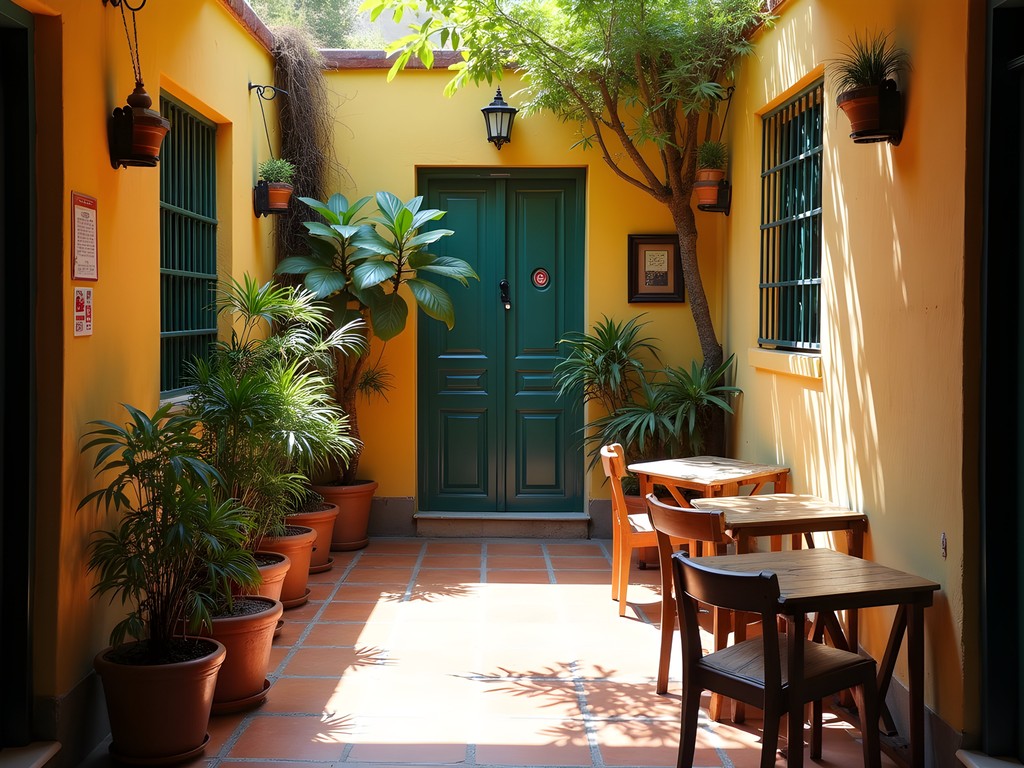
💡 Pro Tips
- Book accommodations that include breakfast to save $5-7 daily
- Consider staying in Jesús María neighborhood for local prices if staying 5+ days
- Hostels with kitchens allow you to cook simple meals, cutting food costs by 40-50%
Navigating Lima's Culinary Scene Without Breaking the Bank
Lima has rightfully earned its reputation as South America's gastronomic capital, but many travelers assume this means emptying their wallets at high-end restaurants like Central or Maido. The truth? Some of Lima's most authentic and delicious food experiences come with surprisingly modest price tags.
My daily food strategy starts with taking advantage of included hostel breakfasts when available. When they're not, I head to local panaderías (bakeries) for fresh pan con queso (cheese bread) and a strong Peruvian coffee for about $3 total.
For lunch—typically the main meal in Peru—I seek out menú restaurants, where $4-6 buys a complete meal including soup, a main dish, beverage, and sometimes dessert. My favorite discovery was a small family-run spot called El Chinito in Barranco, where the daily menú featured the most tender lomo saltado (stir-fried beef) I've had outside of a high-end restaurant.
Dinner presents more options for budget travelers. The anticucho (beef heart skewers) vendors who set up near Parque Kennedy after dark offer delicious street food experiences for about $3 per portion. If you're squeamish about street food, market-based cevicherías offer fresh catches until early evening—just remember that locals consider ceviche a lunch dish, not dinner.
One evening, I splurged slightly at La Lucha Sanguchería, where $7 bought a massive chicharrón sandwich and fresh juice. I enjoyed it on a bench overlooking the Pacific as the sun set, reminding myself that some experiences justify stretching the budget a little.
Don't miss the Mercado de Surquillo, where I purchased local fruits like chirimoya and lucuma for snacks at a fraction of supermarket prices. These fruits have been used in traditional Andean medicine for centuries—the vendors often share fascinating details about their health properties if you show genuine interest and attempt some Spanish.
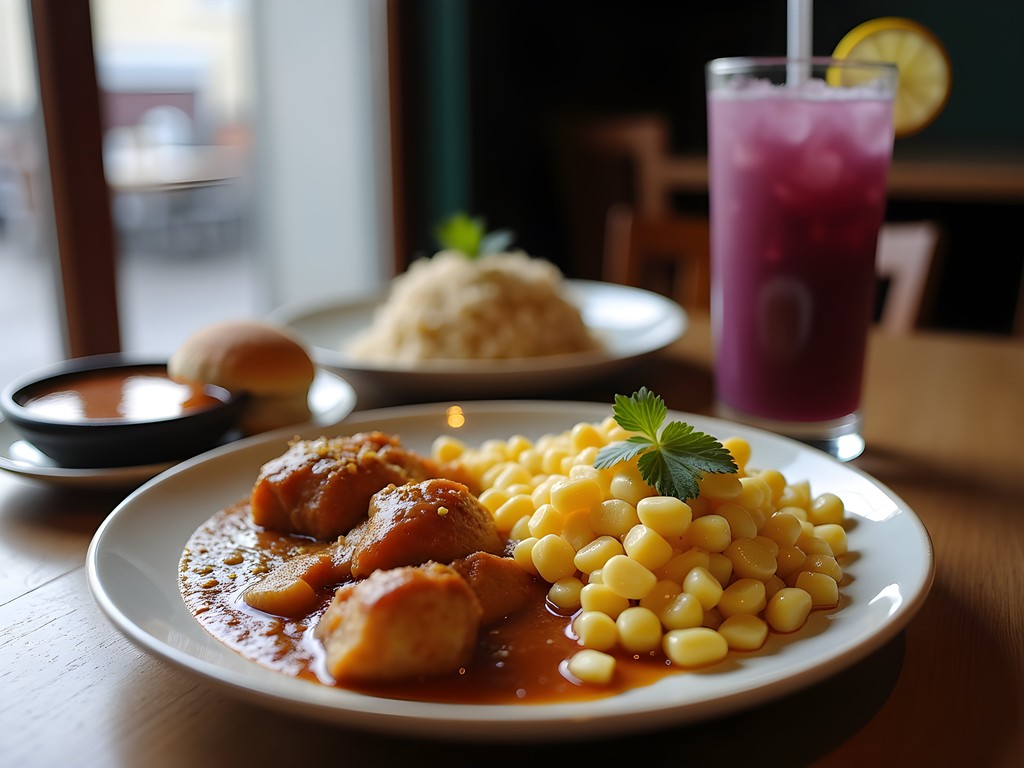
💡 Pro Tips
- Look for 'menú del día' signs for complete meals under $5
- Visit Mercado de Surquillo for affordable produce and authentic food stalls
- Street food near universities is both cheap and held to higher standards
Free and Low-Cost Cultural Experiences in Lima
Lima offers remarkable cultural depth that can be experienced with minimal expense if you know where and when to go. My first recommendation is always to take advantage of free museum days. The impressive Museo Larco, home to pre-Columbian art including fascinating medical artifacts, offers free admission on the first Friday of each month from 3-7pm. I spent hours examining ancient surgical tools and ceramic vessels depicting medicinal plants that are still used by traditional healers today.
The historic center of Lima, a UNESCO World Heritage site, rewards those willing to explore on foot. I joined a free walking tour (tip-based) that departed from Plaza San Martín, where our guide Ricardo shared insights about colonial architecture and the medicinal gardens once maintained by Dominican friars. These gardens grew plants that formed the foundation of Peru's traditional medicine practices—many of which saved my trip after altitude sickness in the Andes.
For those interested in astronomy and science, the Planetario Nacional in the Parque de la Amistad offers shows for just $2.50. While modest compared to major planetariums, it features presentations about Incan astronomical knowledge that I found fascinating, especially their explanations of how the ancient Peruvians used celestial observations for agricultural planning.
Barranco's art scene can be enjoyed almost entirely for free. I spent a delightful afternoon wandering through public galleries and street art installations, culminating at the Bridge of Sighs (Puente de los Suspiros). Local legend says if you can hold your breath while crossing the bridge, your wish will come true—mine was for clear skies for stargazing, which partially came true later that week!
To truly understand Lima's spiritual and healing traditions, visit the Mercado de Brujas (Witches' Market) near the central market. Here, traditional curanderos (healers) sell medicinal herbs, ritual objects, and offer advice. While I don't recommend purchasing the more exotic items (some raise ethical and conservation concerns), the experience provides invaluable insight into Peru's living traditional medicine practices. I bought a small bag of muña tea (Andean mint) for $1, which locals recommended for digestion—it worked wonders after heavy meals.
For evening entertainment, seek out peñas, traditional music venues where locals gather. La Candelaria in Barranco sometimes offers free entry before 9pm, providing the perfect opportunity to experience authentic criollo music without spending on cover charges.
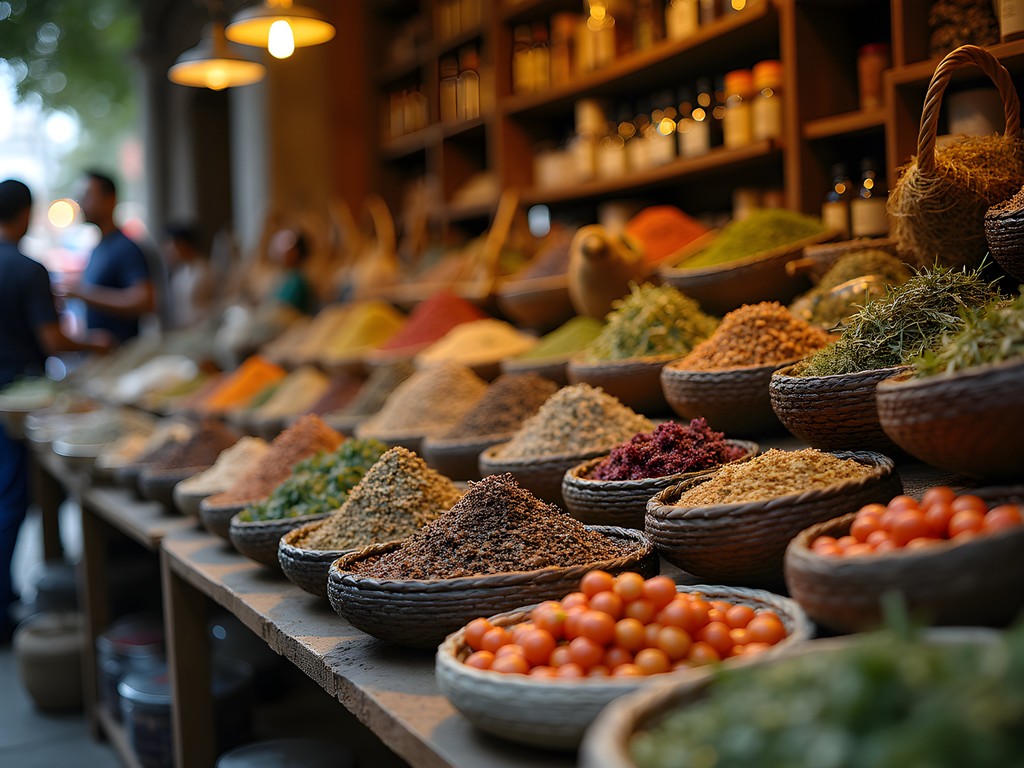
💡 Pro Tips
- Visit museums during their free admission hours or days
- Download the free Lima Walking Tour app for self-guided explorations
- Check university bulletin boards for free cultural events and lectures
Transportation Hacks for Budget Explorers
Lima's sprawling nature presents a transportation challenge for budget travelers, but with some local knowledge, you can navigate the city efficiently and affordably. During my recent visit, I primarily relied on the Metropolitano bus system—Lima's closest equivalent to a subway. At less than $1 per ride, it's both economical and faster than regular traffic since it operates in dedicated lanes.
For areas not served by the Metropolitano, the traditional micro buses (combis) cost around $0.50 per ride. They're admittedly chaotic—route information is shouted by fare collectors hanging from open doors—but they're how locals travel and provide an authentic experience. I always keep a small crossbody bag for these journeys, worn under my jacket with just enough cash for the day.
When venturing to Lima's outskirts, like my trip to the Pachacamac observatory and archaeological site, collective taxis (colectivos) offer good value. These shared rides follow set routes and depart when full. The 30km journey to Pachacamac cost me just $3 each way.
For late nights or when carrying my astronomy equipment, I use authorized taxi services or rideshare apps. While more expensive ($5-10 per ride), they're safer than hailing street taxis, especially for visitors. I've found that DiDi often offers better rates than Uber in Lima.
One of my best discoveries was Lima's bike rental system. The coastal districts have excellent cycling infrastructure along the malecón, and daily bike rentals run about $5-7. I spent one glorious afternoon cycling from Miraflores to Barranco and back, stopping at scenic viewpoints where I could see fishing boats that still use techniques dating back to pre-Inca civilizations.
Walking remains my preferred mode of transportation when possible. Lima's main tourist districts are more walkable than they initially appear. I logged over 15,000 steps daily on my fitness tracker, exploring neighborhoods while saving on transportation costs. Just remember to stay in well-traveled areas, especially after dark.
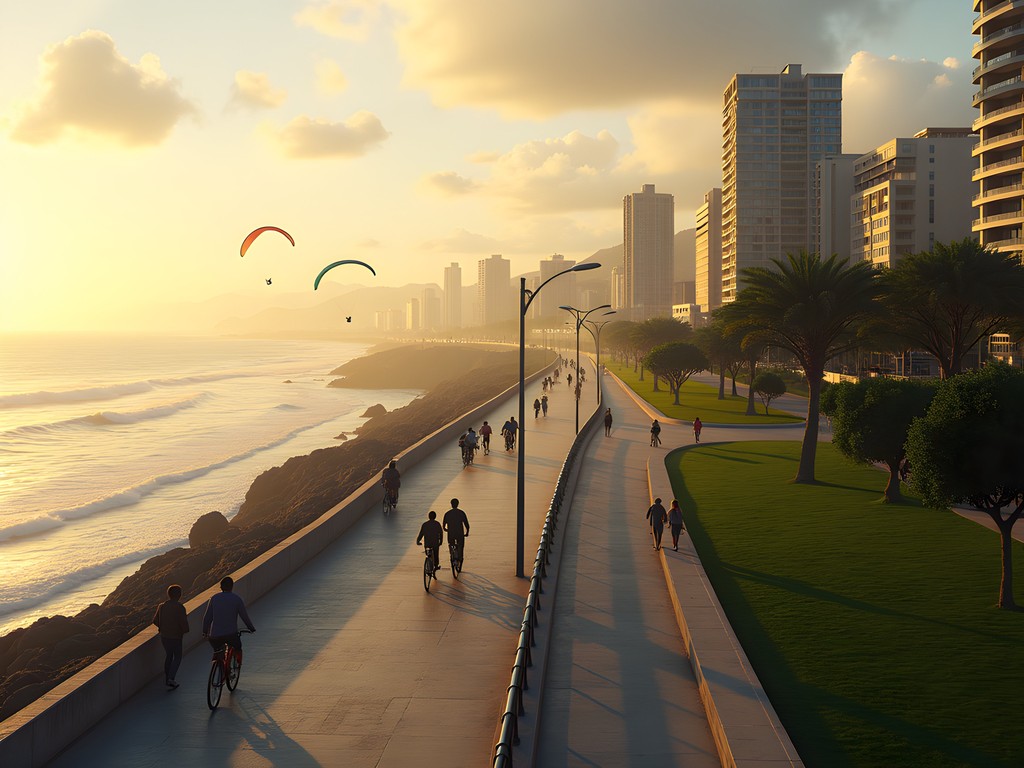
💡 Pro Tips
- Buy a reloadable Metropolitano card for frequent bus travel
- Use the TuRuta app to navigate Lima's complex bus system
- Walk between Miraflores and Barranco along the scenic malecón rather than paying for transportation
Stargazing and Traditional Medicine: Lima's Hidden Connections
While Lima's coastal fog makes it less than ideal for serious astronomy, the city offers unique opportunities to explore the fascinating intersection of celestial observation and traditional healing practices—my two greatest passions since my health crisis years ago.
My most memorable experience came from a day trip to Pachacamac, about 31km southeast of central Lima. While most visitors come for the impressive pre-Columbian ruins, I arranged a special evening visit to the small observatory operated by the Universidad Nacional Mayor de San Marcos. For a $5 donation, visitors can view the night sky through several telescopes when weather permits. The real treasure was meeting Dr. Alejandro Huamán, an astronomer who studies how ancient Peruvians used celestial observations to time agricultural activities and healing rituals.
"The Incas understood the connection between cosmic cycles and medicinal plant potency," Dr. Huamán explained as we observed Jupiter through a 10-inch reflector telescope. "Certain healing herbs were harvested only during specific lunar phases to maximize their effectiveness."
Within Lima proper, the Planetario Nacional in Jesús María district offers programs specifically about Andean cosmology for just $2.50. Their presentation on how pre-Columbian cultures mapped constellations—seeing dark cloud formations rather than star patterns—provided insight into how deeply astronomy was woven into traditional medical practices.
For those interested in traditional medicine, I recommend visiting the herb market section of Mercado Central. Here, I met Doña Claudia, a third-generation natural healer who explained how different medicinal plants correspond to celestial bodies in traditional Peruvian medicine. She showed me uña de gato (cat's claw), a bark she associated with Jupiter's healing energies, which research has shown contains compounds with anti-inflammatory properties.
The Museo Nacional de Arqueología, Antropología e Historia del Perú (admission $1.50) houses artifacts showing how ancient Peruvians documented celestial events alongside medical procedures. I was particularly moved by ceramic vessels depicting healers consulting star positions before performing treatments.
For a truly special experience that combines both interests, time your visit to coincide with the Healing Moon ceremony held monthly near the full moon at Huaca Pucllana, an ancient pyramid in Miraflores. While the regular archaeological tour costs $3.50, the special evening program (approximately $10) includes traditional healers explaining how lunar cycles influence traditional medicine preparation.
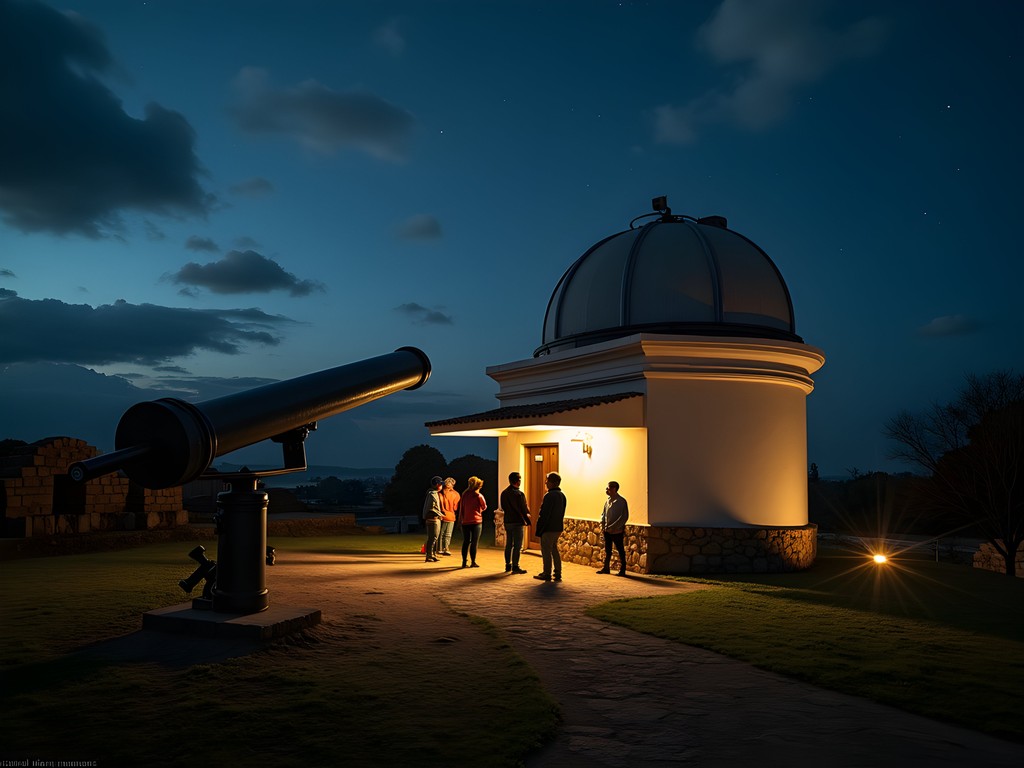
💡 Pro Tips
- Visit Pachacamac Observatory on Thursday evenings when university astronomers offer public viewing sessions
- Ask permission before photographing traditional healers or their materials at markets
- Learn basic astronomy terminology in Spanish to better connect with local science enthusiasts
Final Thoughts
As my week in Lima drew to a close, I found myself sipping coca tea on the malecón, watching both the misty Pacific horizon and my budget—both had held up remarkably well. Lima revealed itself not as the expensive stopover many travelers dismiss it as, but as a destination rich with affordable experiences connecting my twin passions of astronomy and traditional healing practices. The city taught me once again that travel on a shoestring often leads to the most authentic connections. Whether you're marveling at pre-Columbian astronomical knowledge at Pachacamac or discussing medicinal herbs with market vendors, Lima rewards the curious budget traveler with experiences no luxury tour could provide. Hasta pronto, Lima—I'll be back soon to continue exploring your perfect balance of cosmic wonder and earthly healing, all while keeping my wallet intact.
✨ Key Takeaways
- Lima can be thoroughly enjoyed on under $50/day with strategic planning
- The intersection of astronomy and traditional medicine offers unique cultural insights
- Local markets and menú restaurants provide the most authentic and affordable experiences
- Free museum days and walking tours offer high cultural value at minimal cost
📋 Practical Information
Best Time to Visit
April-October (dry season)
Budget Estimate
$40-50 per day
Recommended Duration
5-7 days
Difficulty Level
Intermediate
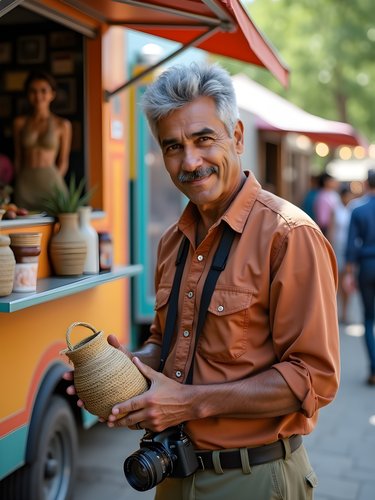

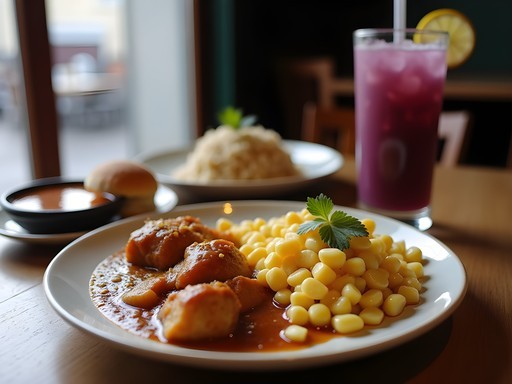
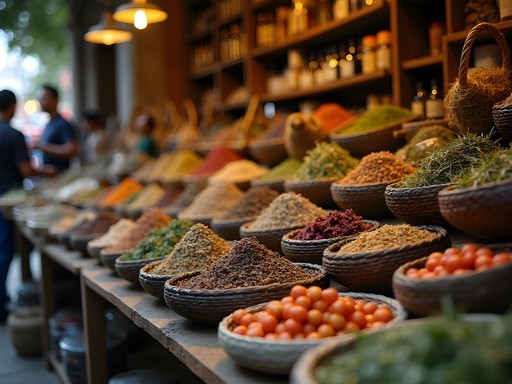
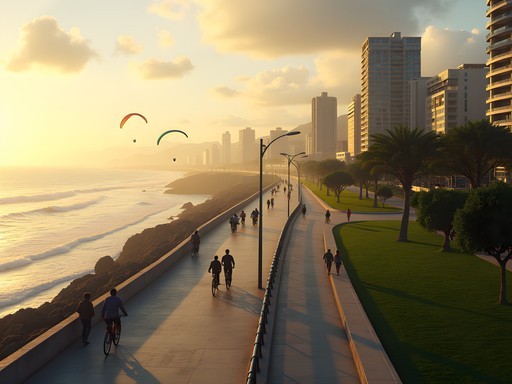
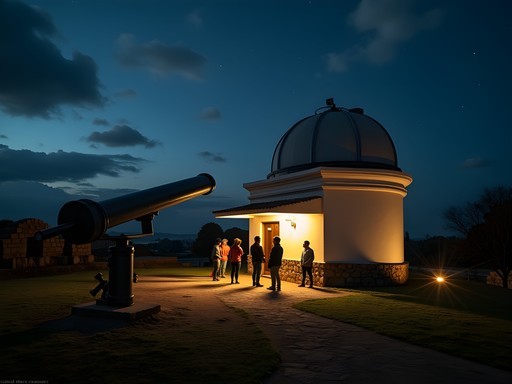










Comments
springbuddy
Just booked my hostel in Barranco based on this post! Can't wait to try the ceviche spots you mentioned.
Zachary Morales
Great choice! Don't miss El Muelle for the best price-to-quality ratio on ceviche. Ask for the 'menu del día' for the best deal!
dreamace
Just got back from Lima and followed a lot of your recommendations! The anticuchos from that street vendor near Parque Kennedy were AMAZING and only cost 5 soles. We also found this incredible hidden spot for breakfast - Pan de la Chola in Miraflores. Not super cheap but worth the splurge one day (still under $8 for amazing bread and coffee). One thing I'd add - download the city map on Maps.me before going. Saved us when we got lost in Barranco with no data! Thanks for this guide, it really helped us stick to our budget!
coolphotographer
Any recommendations for photography spots that aren't swarming with tourists? Planning to bring my DSLR but don't want to stand out too much for safety reasons.
Timothy Jenkins
Excellent breakdown of Lima's budget options, Zachary. I'd add that timing is everything when visiting Lima. I went during their winter (June-August) and not only were accommodations cheaper, but the coastal fog created this mysterious atmosphere that photographers will adore. For those concerned about costs, I found the prepaid SIM cards at the airport to be overpriced - wait until you reach a local Claro or Movistar shop in Miraflores for better rates. Also, the free art galleries in Barranco make for a culturally rich afternoon that costs nothing but time. I tracked all my expenses with travel budget app which helped me stay under $45/day including everything. The section on transportation hacks is spot on - those prepaid Metropolitano cards are a lifesaver!
springbuddy
Thanks for the SIM card tip! Was planning to grab one at the airport.
wavegal
Those sunset pics from the malecón are gorgeous! 😍
Sage Dixon
Great breakdown of Lima on a budget! One thing I'd add - the free walking tours that start at Parque Kennedy are amazing value. Our guide Miguel showed us hidden spots even my guidebook missed! Also, for anyone worried about safety, I found the neighborhoods of Miraflores, Barranco and parts of downtown totally fine during daylight hours. The coastal path (malecón) is gorgeous for sunset walks and completely free. My favorite budget meal was at La Lucha Sanguchería - their chicharrón sandwich with sweet potato was under $5 and absolutely massive. Could easily split it between two people!
smartninja
How did you handle the safety situation with public transportation? I've heard mixed things about the Metropolitano and combis.
Zachary Morales
Hi smartninja! The Metropolitano is actually quite safe and efficient - I used it daily. For combis, I stuck to daytime rides and kept valuables secure. Always ask locals which routes are best. The key is confidence - look like you know where you're going!
Jennifer Thomas
Zach, this is such a comprehensive guide! I was in Lima last year and can confirm that Barranco is definitely the sweet spot for budget travelers who still want character. I stayed at a hostel called Selina and paid around $15/night for a dorm bed, but the social atmosphere was worth every penny. For food, I'd add that the market stalls at Mercado Surquillo are even cheaper than some of the places you mentioned - I had the most amazing ceviche there for like $3! Did you make it to the free walking tours that start in Plaza San Martín? Those were a highlight for me.
dreamace
Jennifer, was Barranco safe at night? I'm a solo female traveler planning my first trip to Lima.
Jennifer Thomas
Dreamace, I felt pretty safe in Barranco, especially on the main streets and plaza area. Just use normal city precautions - I stuck to well-lit areas at night and usually walked with hostel friends after 9pm. The bohemian vibe means there are often people out enjoying the bars and restaurants until late!
springguide
This is exactly what I needed! Heading to Lima next month and was stressing about costs. Bookmarking this guide!
wavemood
Love this post! Is it really possible to find decent hostels in Miraflores for under $15? I'm looking at booking sites and everything seems more expensive.
skyguy
Just got back from Lima and used this guide! I found a place called Pool Paradise Hostel for $12/night with breakfast. It wasn't directly in Miraflores but just a 10 min walk to Kennedy Park. Check Hostelworld and filter by price!
wavemood
Thanks for the tip! Will definitely check that one out.
Venture X
Premium card with 2X miles, $300 travel credit, Priority Pass